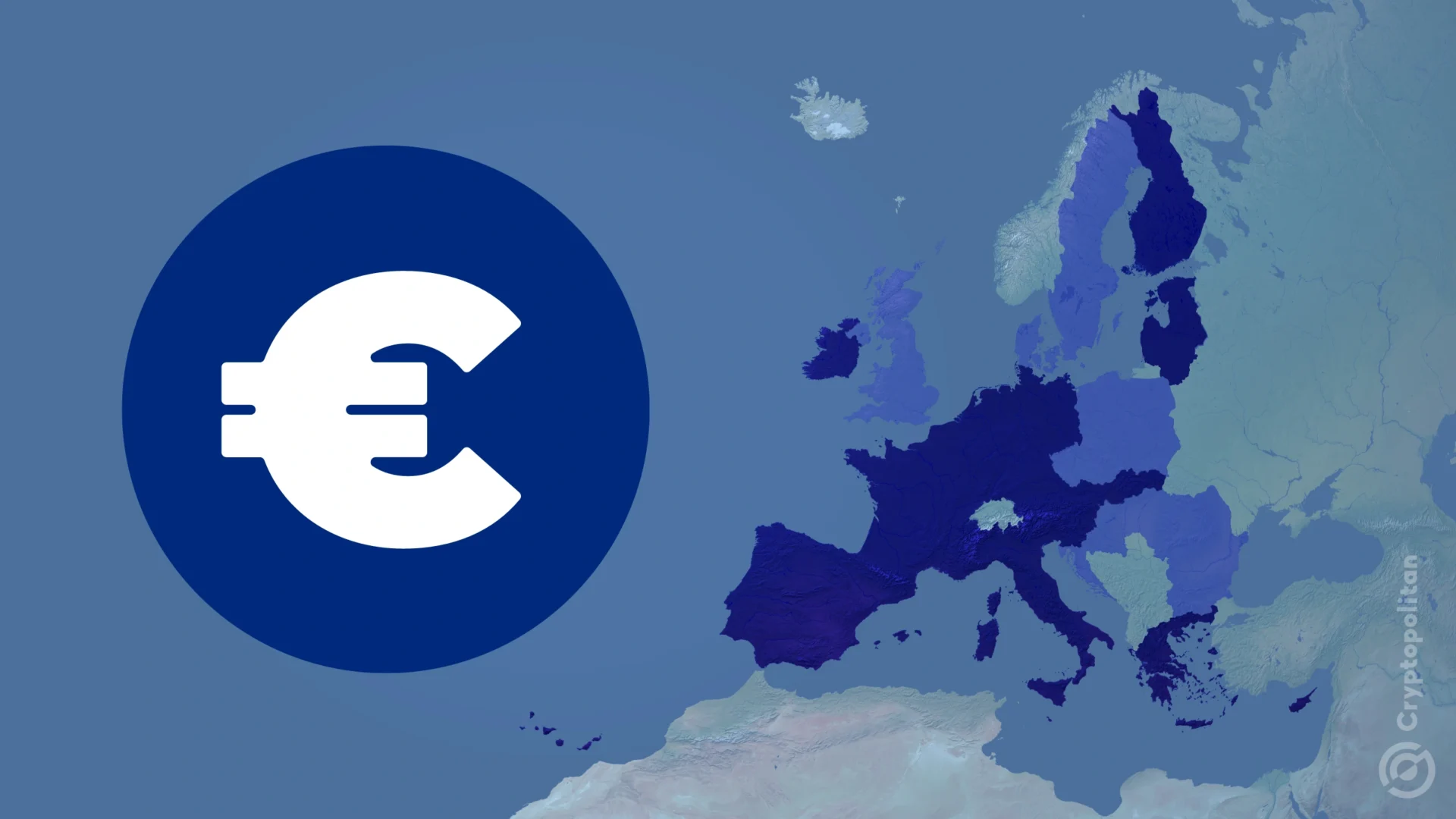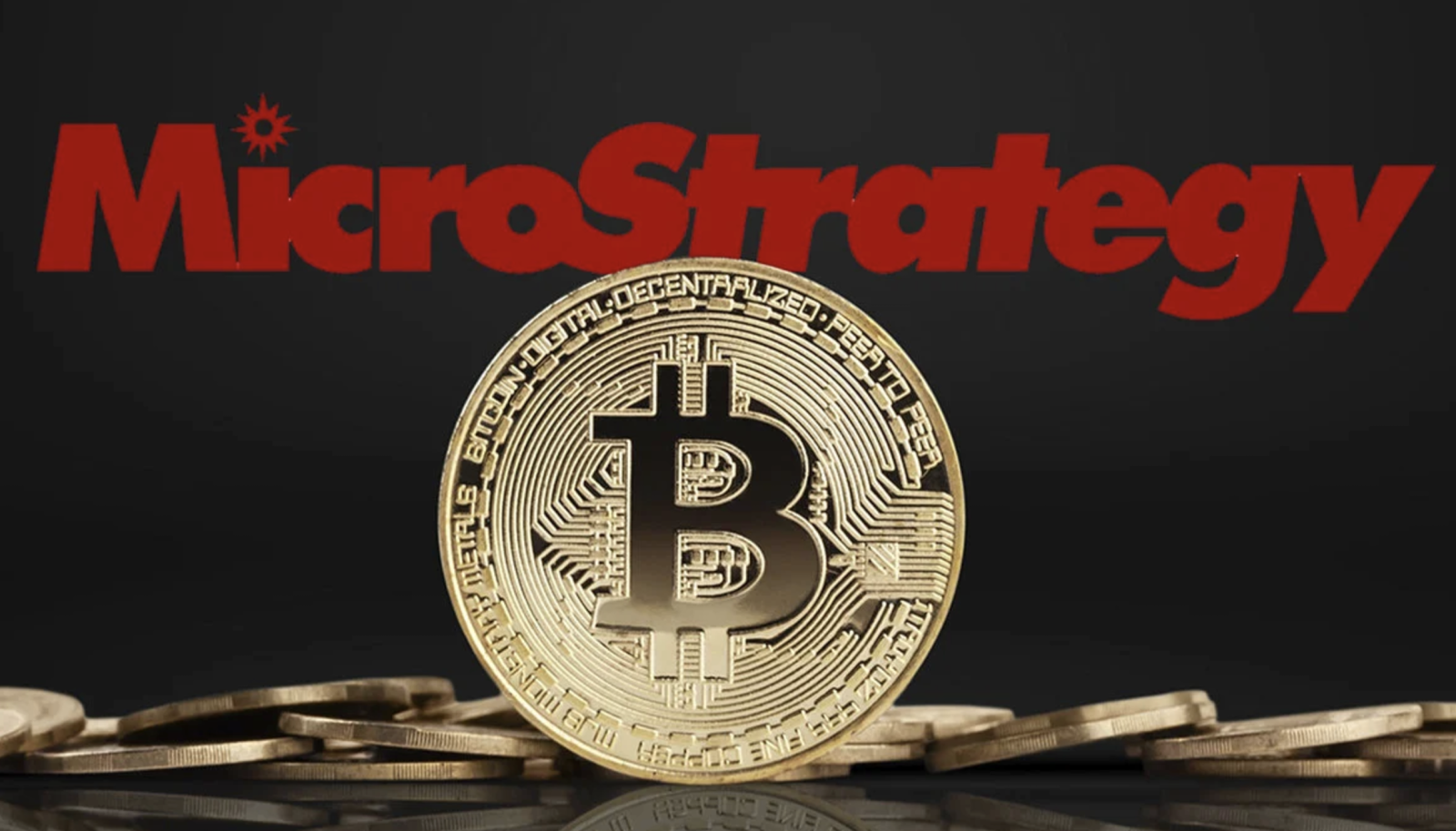The European Central Bank (ECB) is once again battling inflation problems. But this time, inflation isn’t too high — it’s too low.
In September 2023, inflation dropped to 1.8%, falling below the ECB’s 2% target. This decline marks a sharp turn from the previous surge in prices, which pushed the central bank to raise interest rates to a record 4%.
The threat has the ECB rethinking its strategy, with investors expecting a rate cut during the upcoming October meeting.
Rate cuts and ECB’s concerns of undershooting inflation
Financial markets are betting on a quarter-point cut, bringing rates down to 3.25%. This could be the beginning of a series of reductions in borrowing costs.
Economists believe that without aggressive action, inflation could continue undershooting the ECB’s target. Analysts predict that interest rates might fall as low as 1.7% by mid-2024.
Jens Eisenschmidt, Morgan Stanley’s chief Europe economist, sees this as one of the biggest challenges for the ECB. He points out that the central bank has struggled with low inflation in the past.
From 2011 to mid-2021, inflation failed to meet the ECB’s target in 93 out of 120 months. The 2% inflation goal was set in 2021, replacing a more conservative target of “below, but close to 2%.”
The bank’s official forecast is that inflation will reach its 2% target by the fourth quarter of 2025. However, doubts are already forming around these projections.
ECB staff, according to September’s meeting minutes, were already worried about falling short of the target even before September’s inflation figures were released. There is now a growing sense that the risks of undershooting the target are “non-negligible.”
Yannis Stournaras, governor of the Bank of Greece, also weighed in, predicting that inflation might not hit the target until the first quarter of 2025. This comes as temporary factors, such as falling oil prices at the end of 2022, could distort upcoming inflation data.
According to Bill Diviney, head of macro research at ABN Amro, these quirks are unlikely to affect the ECB’s long-term outlook, but there’s no denying the short-term instability.
Weak growth and structural challenges
The lag between inflationary surges and wage increases across the region’s biggest economies is making things worse.
One ECB official stressed that the “weak growth outlook is the more critical factor” for the Eurozone, and this is already part of the equation when considering rate cuts.
The bank’s President Christine Lagarde recently hinted that the central bank’s medium-term inflation target could soon be within reach, further fueling investor expectations of a rate cut.
However, this has triggered debates. Critics, like Sebastian Dullien, research director at the Macroeconomic Policy Institute in Düsseldorf, argue the ECB has moved too slowly. They claim the central bank’s understanding of inflation drivers is downright flawed.
Dullien believes the inflation surge from 2021 to 2023 was driven by temporary factors like rising energy prices and supply chain disruptions. He said the ECB’s aggressive interest rate hikes were unnecessary and have only damaged an already fragile economy.
Low productivity, weak investment, and an aging population are all taking their toll. According to him, the ECB’s overly restrictive policies have made these problems worse.
Minutes from the September meeting revealed concerns about relying too much on short-term inflation figures, suggesting a more “gradual and cautious approach” to monetary easing.
The ECB is clearly in a tight spot. Whether the planned rate cuts will be enough to reverse this trend remains to be seen.










